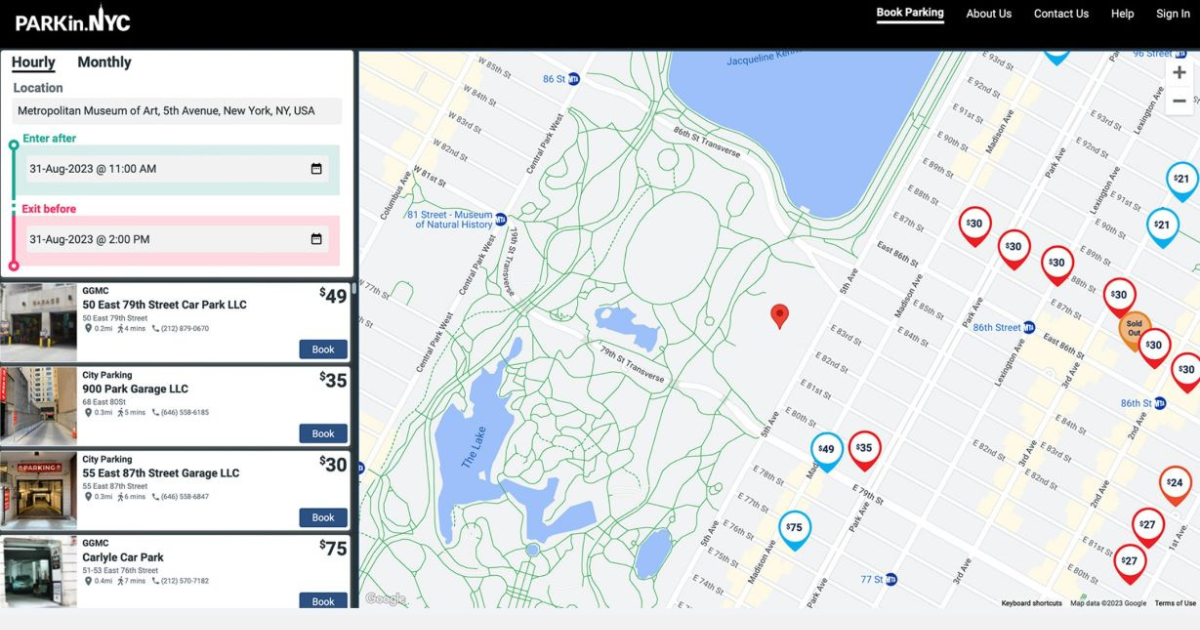5 Ways to Upskill Your Workforce with Learning Technology

Technology-loving millennials comprise 36% of the workforce (according to the Bureau of Labor Statistics) and their influence is inspiring rapid innovation to employee education. Industry leaders are investing in learning technology that drives employee engagement and increases operational efficiency. Millennials prefer mobile-friendly employee sites that promote social learning, networking and collaboration with 24/7 access to information delivered in bite-sized and engaging experiences. Employees prefer flexibility, including choosing a learning method that is right for them and courses that adapt to their needs.
You likely know why your staff prefers online learning, but how does it benefit your company?
Evolving roles and new opportunities
Shifting business needs will inspire companies to refine roles and identify opportunities for employees to explore new career paths and grow in place. You may not be able to eliminate the discomfort employees experience when their former role becomes obsolete, but you can support them through the transition. While outdated payment processing tasks such as manually scanning invoices and printing checks have been replaced with more efficient solutions, the overall process will continue to require human intervention. Instead of spending time on job functions that can be learned by the software, employees may exercise new skills like spotting trends, interpreting data, setting thresholds and adjusting algorithms.
When employees are given resources to expand their skillset and make strategic career changes, they form a deeper connection with the company. Employees who make an internal move are more likely to stay than those who remain in the same role. According to recent LinkedIn research, Employees stay 41% longer at companies with high internal hiring compared to those with low internal hiring.
- Training Availability : Today’s Learning Management Systems (LMSs) deliver easy access to relevant resources for individuals who need to upskill or reskill in the face of automation and outsourcing. Learning platforms like Yardi Aspire include a personalized catalog of short, modular courses and tutorial videos that can be completed in a few minutes, making it easier for transitioning employees to balance their current workloads while developing new skills.
With new integrations that close the gap between training and property management software, companies can embed training into workflows. Property management software integrated with the LMS can recognize the task the employee is about to perform. If training for that task is available, the software provides related recommendations that prompt the employee to practice an unfamiliar software skill in a simulated environment before returning to perform it in the live system. This training option results in fewer errors and increased employee confidence.
- Automation: External system integrations and configuration options enable an LMS to deliver unprecedented time and efficiency gains by automating most of the day-to-day administrative tasks that keep the training program moving forward. User data management is automated with routine imports from an HR or payroll system. LMSs can auto-assign appropriate training and policies that align with individual needs based on real-time user data such as role, location or property type or completion of prerequisite training. Assignments can be triggered by performance metrics and data imported from other systems, including shop scores, market surveys, external training scores and property KPIs. Automated training administration ensures inclusivity and accurate reporting.
LMSs can integrate with webinar and online meeting platforms such as Microsoft Teams and Zoom to automate administration of instructor-led training. Benefits include automating event set up, importing attendance data, delivering online quizzes and surveys and assigning achievement badges and points.
- Gamification and Recognition: Most people enjoy recognition for a job well done. Companies can use learning technology to make learning more engaging and fun with gamification and virtual recognition. Look for tools that allow advanced point configuration and customizable achievement badges that deliver instant rewards as employees demonstrate positive learning behaviors, complete training assignments and reach their goals.
Many LMSs provide embedded authoring tools to create interactive practice challenges and point-based games that incentivize and recognize success.
- Adaptive and Exploratory Learning: Innovation extends to content design. Adaptive course designs and advanced authoring tools recognize the learner’s mouse hovers, clicks and data entry as they engage with the content and receive a unique learning experience.
As the learner interacts with responsive training content, they receive personalized feedback and the opportunity to proceed through a training plan based on their individual needs and preferences. This strategy allows more experienced employees to quickly progress through training modules they’ve already mastered, so they can focus on unfamiliar topics and advanced concepts. Likewise, learning plans for new employees may assess current skills and deliver the appropriate training to support their development and make them job ready, faster.
- Analytics and Reporting: The extent to which a training program supports internal career mobility is measured with skill assessments, interactive analytics and reports that measure how prepared employees are to support the future needs of the company. LMSs that support skill tagging on training content and skill-based reporting help decision-makers identify skill gaps and promote training that addresses those gaps across the organization with greater efficiency.
By retaining key workforce talent, companies preserve institutional knowledge, increase employee morale and eliminate costs and other challenges associated with recruiting and hiring external candidates. According to a recent Gallup Poll and Deloitte research, the cost to replace an individual employee is 1.5-2 times their annual salary. Additional impacts of employee turnover include reduced morale, inconsistent quality and service, increases in costly errors and lower customer satisfaction. The cost of turnover far exceeds the investment in learning technology that can support skill development and internal mobility.
This Week’s Sponsor
Yardi® develops and supports industry-leading investment and property management software for all types and sizes of real estate companies. Established in 1984, Yardi is based in Santa Barbara, Calif., and serves clients worldwide. For more information on how Yardi is Energized for Tomorrow, visit yardi.com.
Read Next
 3/27/2025
3/27/2025
The Convergence of Edge Computing, Cloud, and AI in Building Automation and Smart Buildings In the built environment, we have seen the convergence of Operational Technology (OT) and Information Technology (IT), later expanding to include Workplace Technologies (WP).
 3/27/2025
3/27/2025
DC Power: A Holistic Approach to Energy Savings in Commercial Buildings In today's energy-conscious world, businesses constantly seek ways to reduce their carbon footprint and operational costs.
 3/13/2025
3/13/2025
How to Achieve Eco-Friendly Facility Management Commercial real estate operators and facility managers are focusing on sustainable practices to minimize environmental impact, create healthier workplaces, improve productivity and lower operational costs.
 1/23/2025
1/23/2025
When It Comes To Managing Properties’ Parking, Technology Is Key It’s easy for developers and real estate owners to think of parking as a necessary evil. They know they have to provide it (often, because it’s mandated by code), they understand that prospective tenants and buyers expect to be provided parking, but they haven’t figured out how to maximize its value.





.gif)





